
This unrelenting, long-term focus on fat loss is brutally effective for one thing: making women chronically dissatisfied with their bodies.
The Deep-Rooted Fat Loss Mindset
If you’ve spent more than several months, or years, constantly thinking about shedding fat, it’s time to terminate the fat loss mindset, and take a new approach.
Tons of women vow to more closely “watch what they eat” or to work out more frequently, lamenting the pounds that have packed on gradually over the years. The only goal a woman can have is slimming down; her actions in the gym and kitchen must be offered as a sacrifice to the fat loss gods. At least, that’s how it seems for women who, for years, have been focusing on losing fat, whether it’s the “last few stubborn pounds” or those that have always seemed to live on their frame.
Women are barraged with social media advertisements for products and programs that promise rapid fat loss with their revolutionary, one-of-a-kind system. (Or to sell products that make you look like you lost fat — body wraps, anyone?) And so it goes month after month, year after year; women try different diets and workouts and everything else possible to burn off stubborn body fat, embedding the fat-loss-matters-most mindset further.
Screw fat loss.
You can set health and fitness goals that don’t have a thing to do with losing fat.
The reason you eat a chicken salad doesn’t have to be I’m trying to lose weight. You can eat a slice of pizza without declaring you’re cheating on your diet or, even worse, bemoaning I’m going to get fat from this, while indulging in what’s been labeled a guilty-pleasure food.
The reason you perform a workout doesn’t need to revolve around the desire to incinerate fat stores or because you overindulged at last night’s dinner and think you have to go into damage control to minimize the effects of your food choices.
Screw fat loss.
Slimming down your waistline doesn’t have to be the dominate thought prodding your return to the gym each week. You can choose to move your body and eat well because, oh, I don’t know, you’d like to feel good about yourself instead of hating your body and relentlessly berating yourself until you can get the button on that smaller pair of jeans to clasp. Because you want to discover what your body can do, and then do more for no reason other than because you can.
Screw fat loss. Exercise should not be punishment.
You don’t have to go on the latest diet that promises to be “the one” or think about torching calories or turn to quick-fixes that use misleading marketing messages like “lose up to ten pounds in one week” or revolve every waking moment around a nonsensical regimen that’s too impractical to be sustained more than a couple weeks. (While we’re at it, screw you too, quick-fix fads and cleanses that have been proven repeatedly to be utterly useless.)
You don’t have to hate parts of your body, loathe so called “flaws,” or proclaim to be happy once the Fat Loss Fairy flutters by sprinkling her butt-blasting, calorie-torching, cellulite-incinerating, age-defying magical dust upon you.
Screw fat loss and the hate-your-way-skinny mindset it often encourages.
What if I don’t care about getting crazy strong or improving my performance and just want to look great naked; what if I need to lose fat to alleviate achy joints or for health reasons? you may be wondering. Wouldn’t choosing to embrace the screw-fat-loss mindset while flipping the double-bird salute to the rampant nonsense in the health and fitness world be stupid or irresponsible?
Nope. In fact, if the only thought that has pulsed through your mind for countless months or years when you see yourself naked or when you look at your reflection in a full-length mirror as you slide on your jeans or when deciding what to eat, or what not to eat, is fatlossfatlossfatlossfatlossfatloss then you should swat fat loss off the why-I-will-work-out-and-eat-well pedestal.
Examining the Dark Side of Fat Loss
Confused or have lingering questions about eradicating thoughts of losing fat from your mind? This will help.
How many diets have you tried because of their tantalized promises of fast, almost effortless fat loss? Have you been sucked in by a confusing, rigid diet thinking it had to work because it was so complicated? Have you ever stated, “This time will be different. This time I’m finally going to shed these lingering stubborn pounds,” as you examined the lengthy list of do-not-eat foods and other unbreakable rules of the new diet? And … and … how long did you practice the diet before quitting and reverting to previous eating habits?
Your answers exposed the dark side — the ugly side — of the relentless pursuit of fat loss.
If indelible fat loss obsession worked — i.e., working out and eating well and trying diets with the sole intention of losing fat for a span of many months or years — then that’s what I’d tell you to do. Over the past decade I’ve worked with too many women who developed eating and binge eating disorders, obsessive eating habits, and a ballooning negative body image from the relentless pursuit of fat loss spurred on by the belief they would finally be happy and beautiful if they gutted it out and adhered to the miserable diet long enough.
One glaring truth emerged from these synonymous stories.
Obsessing over fat loss for an extended time — dictating your choices in the kitchen and actions in the gym based on their ability to maximize fat loss — is brutally effective for one thing: making women chronically dissatisfied with their bodies. Developing disordered eating habits and using exercise as punishment (until eventually not even doing that because who wants to punish themselves nonstop) comes in a close second and third.
People tend to get carried away with a fat loss plan. I repeat: The goal of fat loss isn’t (usually) the problem. It’s the mindset that often evolves from a seemingly never-ending fat loss pursuit. Fat loss isn’t executed as a simple objective, structured process that lasts for a designated time; it gradually morphs into a definitive, emotionally-fueled, all-consuming infinite lifestyle.
And that is why I encourage those who have been riding the fat loss rollercoaster with no end in sight to break away from that mindset. To choose other goals and actions to focus on.
How to Break Away from the Fat Loss Mindset
It’s not uncommon for people to assume that choosing to stop thinking about fat loss every time they stab a forkful of food or load up a barbell means they’ll compromise the results they wish to achieve. They assume they can’t build a better, stronger, healthier body if thoughts of fat loss don’t loom in their mind.
If you’ve been obsessing over fat loss for so long you can’t recall when you weren’t always thinking about losing fat — or you’ve simply never considered reasons for eating well and working out for any reason other than fat loss — then it’s time to break away from that mindset.
What should you do instead? I’m so glad you asked.
What must be done? Focus on the answer to this. Hone your attention on what you must do to achieve results. Schedule three strength training workouts per week in your calendar and a 30-minute walk or other body-moving activity the other days of the week. These are actions; define them, clearly, and practice them consistently. Checking off actions taken is superior to obsessing over an outcome because you know exactly what must be done to achieve results. Obsession and intent don’t produce results, but action does. Furthermore, actions create habits. (And sometimes our actions create bad habits, like those developed from a life ruled by the fat loss mindset. That is why we’re replacing the habits we don’t want with empowering, positive habits we do want; those that serve us.)
Revolve workouts and eating habits around a positive, measurable purpose. Working out because you hate the fat on your thighs isn’t a positive purpose. Lambasting yourself because of less-than-ideal food choices isn’t productive. Learning how to correctly squatand deadlift and press a barbell is a purpose. Building your strength to see how strong you can truly be is productive, and measurable. Improving your performance from last week’s workouts is a positive purpose, as is eating foods that satisfy and nourish you.
Screw fat loss — get strong. Be more, not less.
Ditching the Fat Loss Mindset in Action:
“I went from constantly thinking about food and how much (or little) I could eat. From stressing about what my body fat percentage was and what size pants I could fit into. I started to care about how much weight I could load onto my barbell. I started to care about the fact I can now do push-ups and prior I couldn’t do one to save my life. I started feeling proud, strong and energized. And guess what happened when I changed my mindset to being MORE and not LESS? I fit into smaller pants. My muffin top faded. My arms became gorgeously toned … read this book. You won’t regret it.”
– Erin K. Amazon review of Lift Like a Girl: Be More, Not Less
Don’t be misled. This isn’t about fat loss even though Erin lost fat when she said, “Screw fat loss!” It’s about what happened when she chose to focus on actions (changing her mindset to focusing on more) and revolving her workouts around a measurable purpose (adding weight to the barbell). Building muscle and shedding fat was simply a side effect. A change in performance and body composition quite often accompanies a preceding change in mindset; I think it’s because the process becomes more enjoyable, and when you enjoy something, you’re likely to keep doing it.
Set yourself up for success. Attempting to follow a diet or workout program that’s too strenuous, time consuming, or rigid is why people often fail to reach their goals. It’s why people who go “all in” on a diet and demanding workout schedule quickly abandon it — it dominated their life. They either do “all” (I’m not going to miss a workout or cheat on my diet!) or do nothing (I cheated on my diet so I might as well eat whatever I want the rest of the day … and weekend). Set yourself up for success. Can you realistically commit to no more than three trips to the gym each week because you’re a busy woman? Then don’t vow to go four or more! Follow a three-day per week program if that’s best for you, right now. In addition, work on making sustainable changes to your eating habits.
The way you eat and move your body must fit into your life, accommodate your schedule, and have built-in flexibility. Don’t underestimate this truth. Choose the most important actions, practice them consistently for several months, have a positive and measurable purpose with your workouts, and set yourself up for success.
Why, you may be wondering, is this more effective than a typical fat loss obsessed approach most people are accustomed to? Because you can actually feel great about yourself, for a start, instead of physically and mentally punishing yourself for having fat on your body or missing a workout or eating a donut. Because you can have a social life and enjoy your favorite foods with a dose of flexibility and responsibility. Because working out with a positive purpose builds you up instead of tears you down. Because a crazy diet or quick-fix program isn’t necessary when you take the time to turn guidelines into sustainable habits. Because what you think affects what you do and what you will become.
Screw fat loss. Choose to get strong. Or choose to become more awesome.
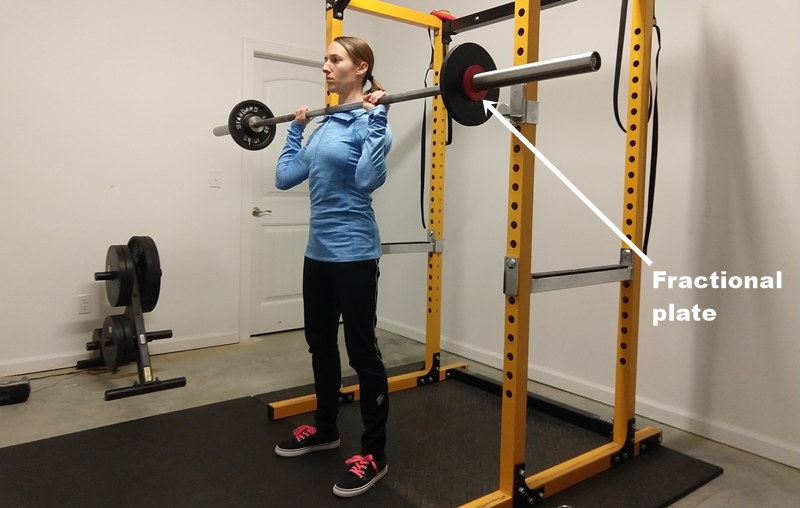 I only added 5 pounds to the bar! Why does it feel so heavy?
I only added 5 pounds to the bar! Why does it feel so heavy?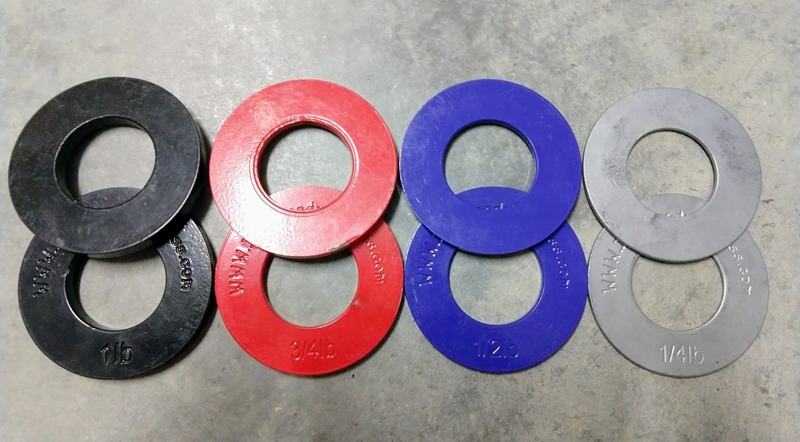
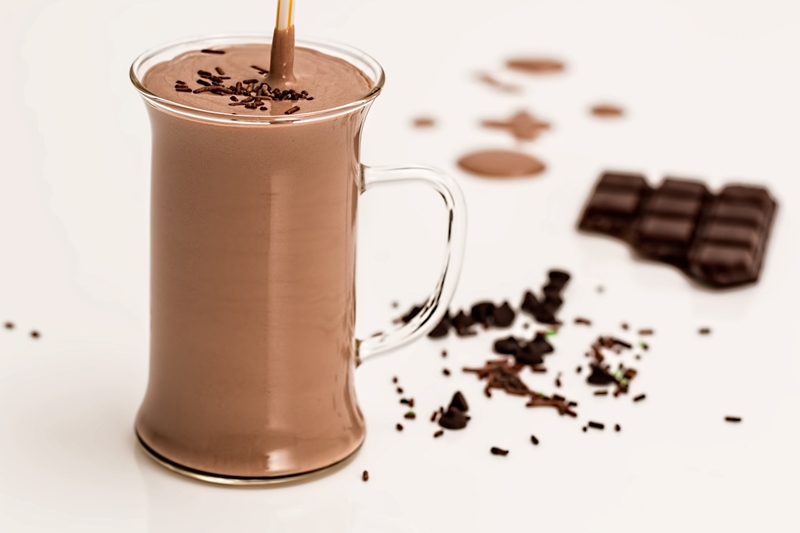
 Put all the ingredients, except the peanut butter if you plan to use it, in a blender (I’ve been using my
Put all the ingredients, except the peanut butter if you plan to use it, in a blender (I’ve been using my 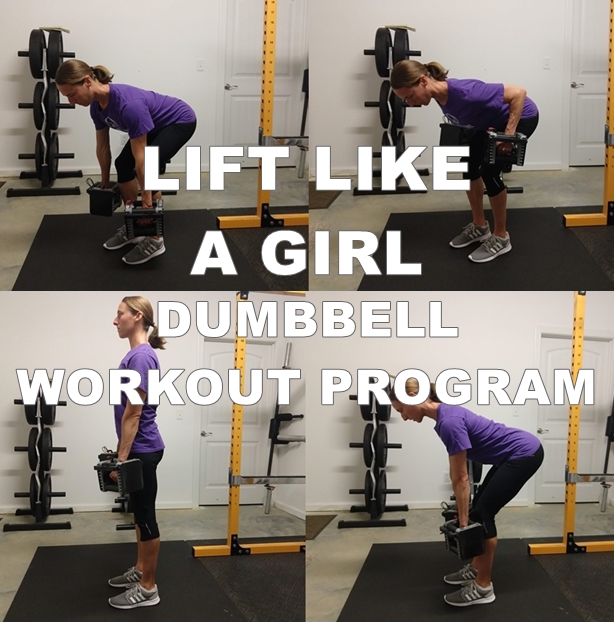

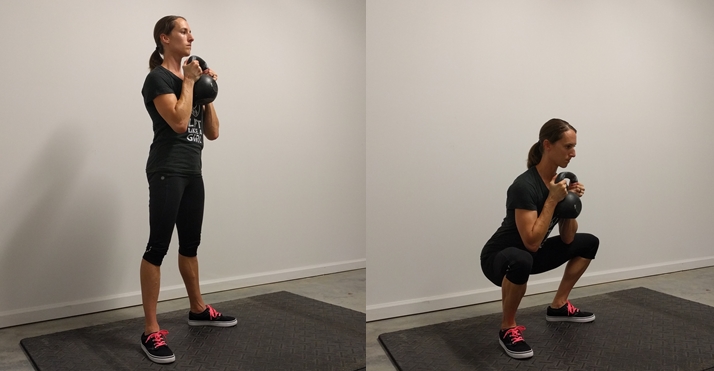
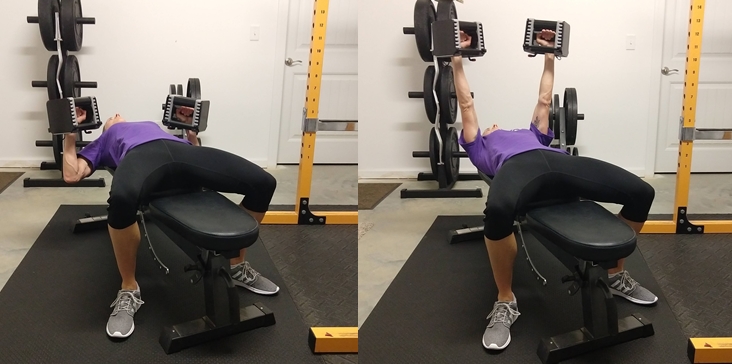

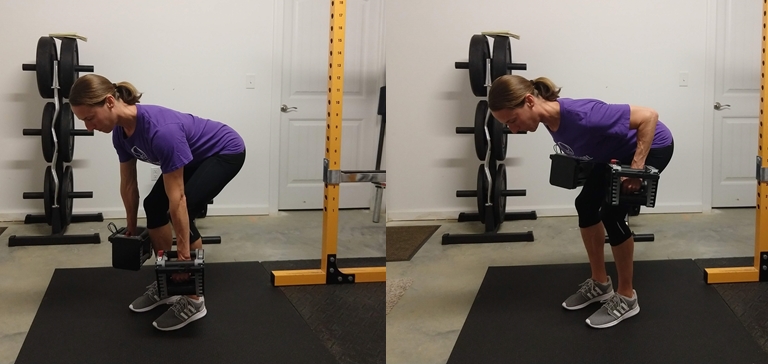

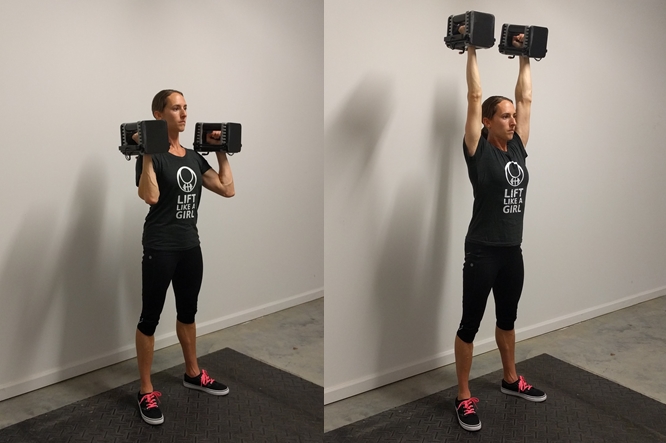
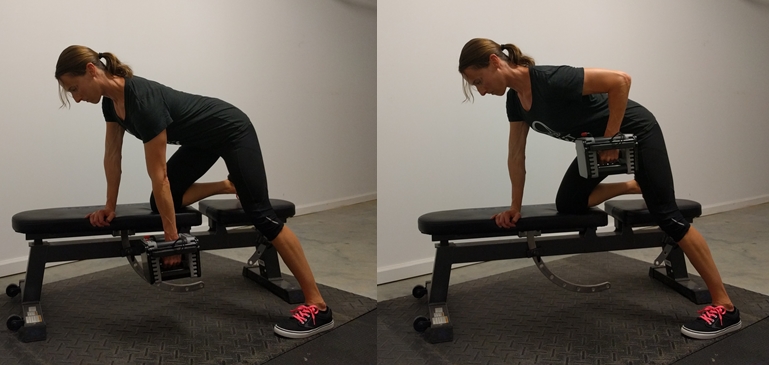

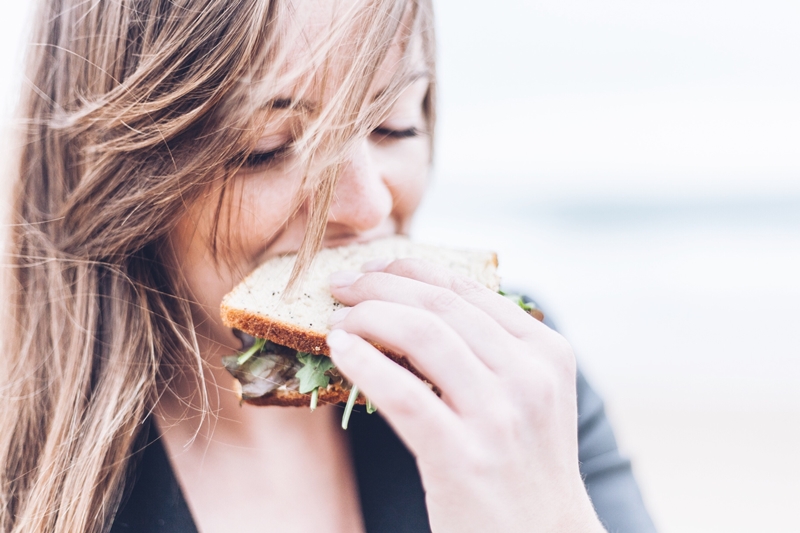
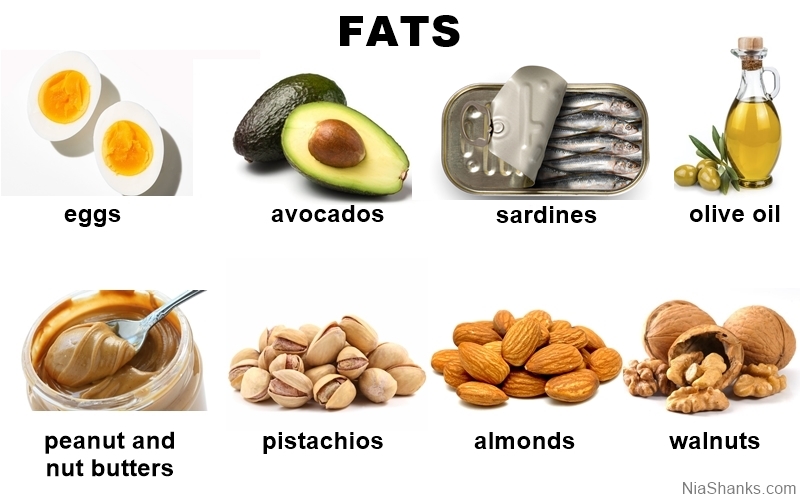 These whole-food sources are packed with healthy fats. Other examples not shown include fatty fish like salmon and mackerel; plant sources include flax seeds, olives, chia seeds.
These whole-food sources are packed with healthy fats. Other examples not shown include fatty fish like salmon and mackerel; plant sources include flax seeds, olives, chia seeds.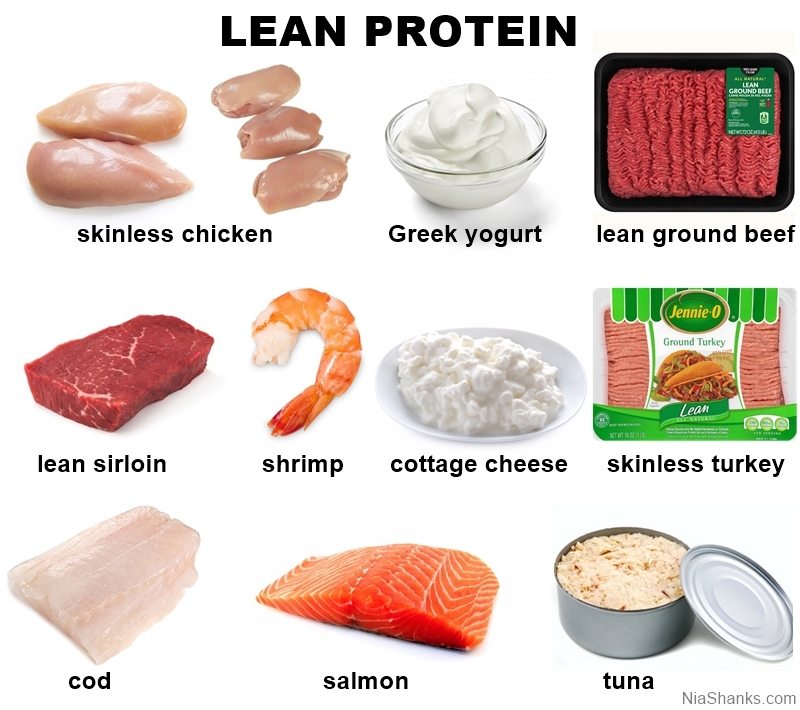 Notice that lean sources of protein are shown. Fattier cuts of meat and dairy are fine but shouldn’t make up the bulk of your protein choices.
Notice that lean sources of protein are shown. Fattier cuts of meat and dairy are fine but shouldn’t make up the bulk of your protein choices.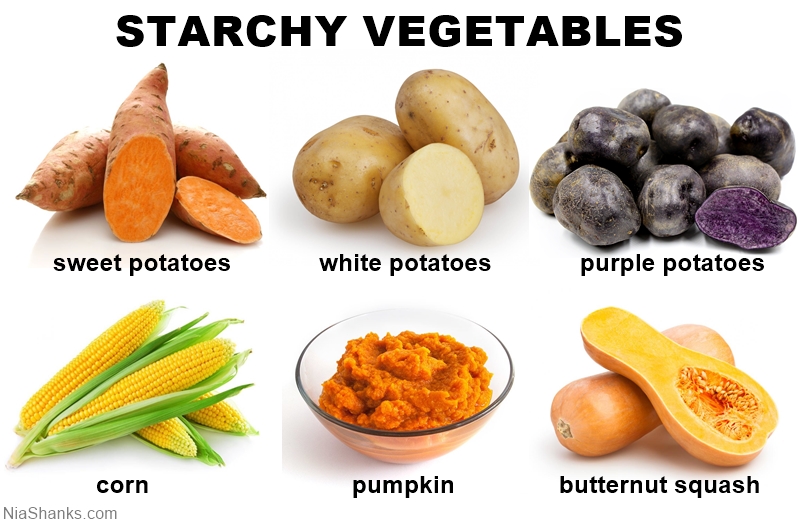
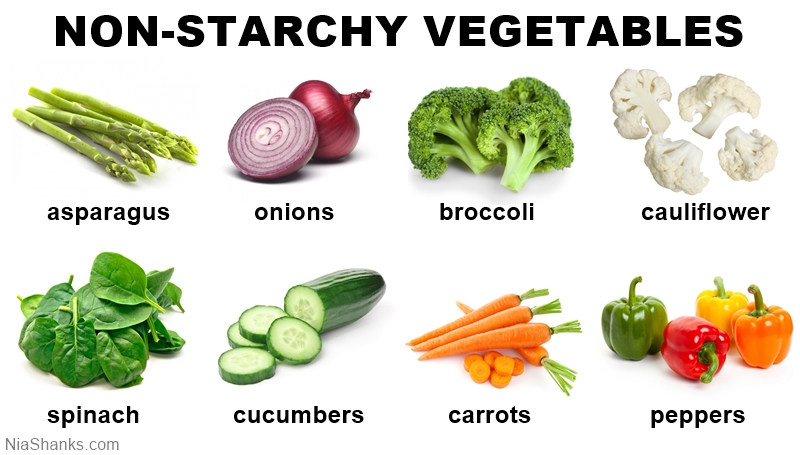 Why two vegetable categories? Because some people rely too much on the starchy vegetables and eat nothing but potatoes. Potatoes are healthy and satiating, but don’t neglect non-starchy veggies. A good rule of thumb is to “eat the rainbow” as often as possible so you get tons of nutrients in a fiber-packed package. Non-starchy veggies are a great way to increase satiety because they take up a lot of space in the stomach without packing a lot of calories (i.e., they’re high-volume, low-calorie foods).
Why two vegetable categories? Because some people rely too much on the starchy vegetables and eat nothing but potatoes. Potatoes are healthy and satiating, but don’t neglect non-starchy veggies. A good rule of thumb is to “eat the rainbow” as often as possible so you get tons of nutrients in a fiber-packed package. Non-starchy veggies are a great way to increase satiety because they take up a lot of space in the stomach without packing a lot of calories (i.e., they’re high-volume, low-calorie foods). Tasty protein and fiber combined in a cheap package, especially if you buy dried beans and prepare them yourself. If you don’t eat meat, or much of it, this will be one of your main sources of protein. Even if you do eat meat, include these tasty foods.
Tasty protein and fiber combined in a cheap package, especially if you buy dried beans and prepare them yourself. If you don’t eat meat, or much of it, this will be one of your main sources of protein. Even if you do eat meat, include these tasty foods. This category also includes foods like whole wheat pasta and breads.
This category also includes foods like whole wheat pasta and breads. If you don’t use herbs and spices with your cooking, start. I’ve cooked countless meals that were bland and boring, but the right blend of spices made these meals delightfully craveable. Find recipes that use herbs and spices if you’re not a creative cook. They can make the difference between a meal you feel like you have to choke down and one that creates a symphony of flavors on your tastebuds.
If you don’t use herbs and spices with your cooking, start. I’ve cooked countless meals that were bland and boring, but the right blend of spices made these meals delightfully craveable. Find recipes that use herbs and spices if you’re not a creative cook. They can make the difference between a meal you feel like you have to choke down and one that creates a symphony of flavors on your tastebuds. Choose from fresh or frozen. Canned fruits are okay if they’re packed in water and don’t have added sugar. Buy what’s in season or on sale to save money. Keep apples and other easy-to-grab fruits nearby if you tend to snack frequently.
Choose from fresh or frozen. Canned fruits are okay if they’re packed in water and don’t have added sugar. Buy what’s in season or on sale to save money. Keep apples and other easy-to-grab fruits nearby if you tend to snack frequently.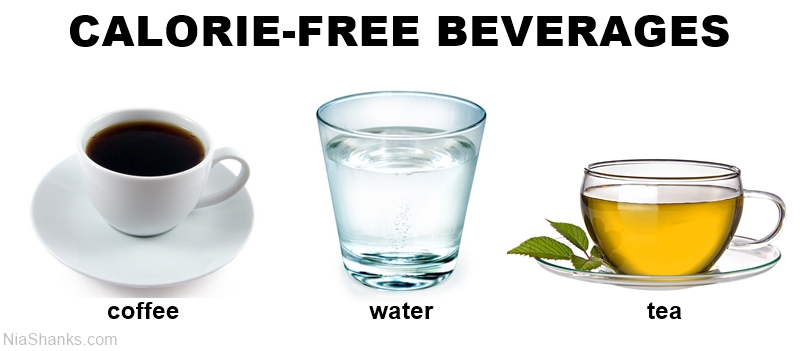 Sparkling water is another option and the carbonation can help curb appetite. Calorie-free soft drinks are okay in moderation and can help satisfy your sweet tooth. One of the simplest changes worth making is swapping calorie-laden beverages for their calorie-free or low-calorie equivalent.
Sparkling water is another option and the carbonation can help curb appetite. Calorie-free soft drinks are okay in moderation and can help satisfy your sweet tooth. One of the simplest changes worth making is swapping calorie-laden beverages for their calorie-free or low-calorie equivalent. The tremendous benefit of aiming for at least an 80% average of whole foods is the flexibility it provides. Remember, this is a flexible lifestyle, not a perfection-obsessed diet. You can socialize and enjoy your favorite foods without feeling deprived or like you’re “on a diet.”
The tremendous benefit of aiming for at least an 80% average of whole foods is the flexibility it provides. Remember, this is a flexible lifestyle, not a perfection-obsessed diet. You can socialize and enjoy your favorite foods without feeling deprived or like you’re “on a diet.”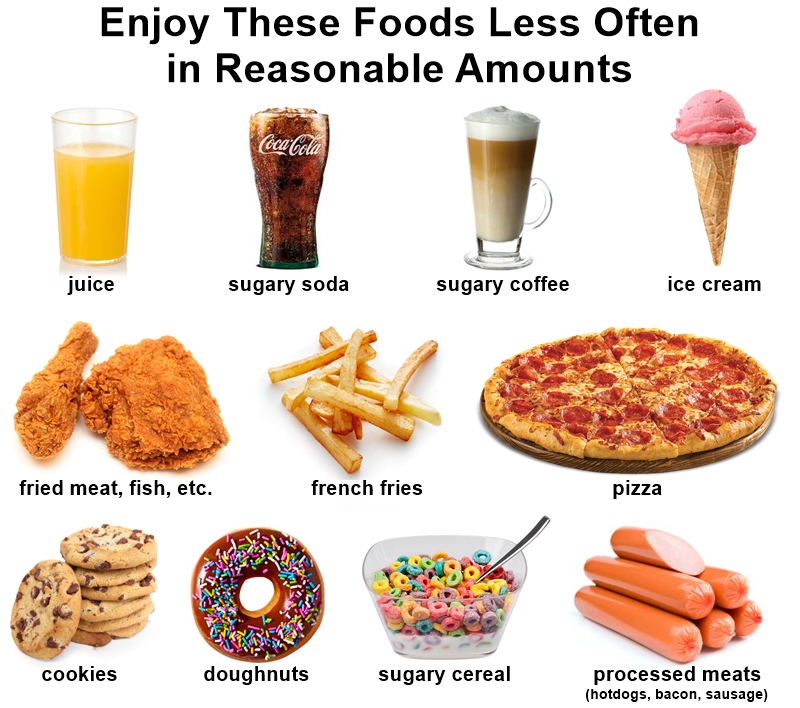 The eat less of these foods are typically calorie dense, not nutrient dense like the whole foods above. They’re hyperpalatable by design typically using a combination of sugar, fat, and salt. For a fascinating look at how foods are intentionally and painstakingly designed to keep us eating more and wanting to eat more, read
The eat less of these foods are typically calorie dense, not nutrient dense like the whole foods above. They’re hyperpalatable by design typically using a combination of sugar, fat, and salt. For a fascinating look at how foods are intentionally and painstakingly designed to keep us eating more and wanting to eat more, read 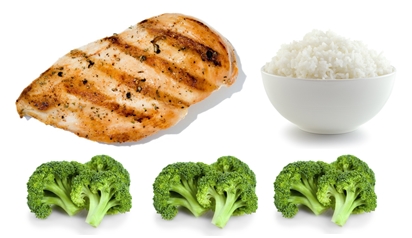 Nope. Mine certainly don’t.
Nope. Mine certainly don’t. Some people claim you’d instantly pack on fat eating nothing but Snickers bars because of the insulin response, but that’s incorrect. An insulin response won’t lead to fat storage in the absence of a caloric surplus.
Some people claim you’d instantly pack on fat eating nothing but Snickers bars because of the insulin response, but that’s incorrect. An insulin response won’t lead to fat storage in the absence of a caloric surplus.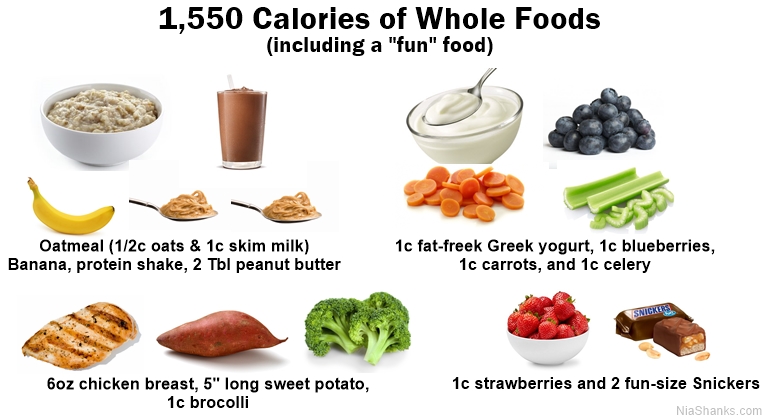 Whole foods provide greater satiety than heavily processed calorie-dense foods.
Whole foods provide greater satiety than heavily processed calorie-dense foods.